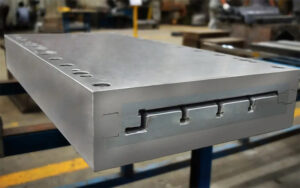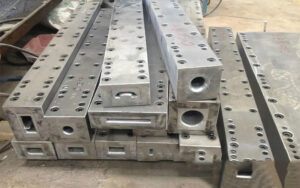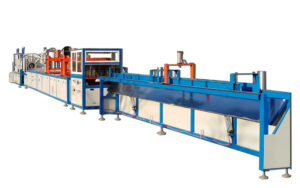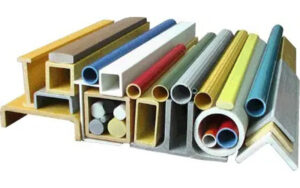In the pultrusion process of FRP profiles, the mold is the intersection of various process parameters and is one of the cores of the pultrusion process. Compared with the already quite mature plastic pultrusion, pultrusion has similarities, but plastic pultrusion is only a physical change process, and pultrusion is also accompanied by dynamic chemical reactions.
- FRP pultrusion mould
- Various pultrusion mould
The working condition of the mold is much more complicated than that of plastic extrusion pultrusion, so the design and manufacture of the pultrusion mold is of great significance. It not only affects the success or failure of the pultrusion process, but also determines the quality of the pultrusion products The service life of the mold. The pultrusion FRP process generally consists of two parts: preforming mould and forming mould.
1. Preforming mould
In the pultrusion process, after the reinforcing material is impregnated with resin (or at the same time as being impregnated), it must pass through a preforming die consisting of a set of yarn guide elements before entering the forming die. The dipped reinforcing material is gradually formed into a preform with approximately the shape and size of the molding mold according to the configuration of the profile section, and then enters the mold, which can ensure that the yarn content of the product section is uniform.
2. Forming mold
The ratio of the cross-sectional area of the forming mold to the cross-sectional area of the product should generally be greater than or equal to 10 to ensure that the mold has sufficient strength and rigidity, and the heat distribution is uniform and stable after heating. The length of the pultrusion die is determined according to the traction speed and the resin solidification speed during the molding process, so as to ensure that the product reaches the degree of demoulding and curing when it is pulled out. Generally, steel is chrome-plated, and the surface of the mold cavity is required to be smooth and wear-resistant, so as to reduce the frictional resistance of pultrusion and improve the service life of the mold.
- Pultrusion equipment
- Various pultrusion profiles
For pultrusion molds, the choice of mold material directly affects the performance of the mold, especially for pultruded window frame profiles. Due to the broad market prospects and large demand for window frame profiles, this requires the service life of the mold itself to be particularly long. The selection of mold materials requires the following properties:
- Higher strength, fatigue resistance and wear resistance;
- Higher heat resistance and less thermal deformation;
- Good corrosion resistance;
- Good machinability and surface polishing performance;
- The thermal deformation is small and the dimensional stability is good.
 info@unicomposite.com
info@unicomposite.com






























